Pollinator
Week
June 17-23, 2024
Why we celebrate the BUZZ
These remarkable creatures are crucial for the reproduction of plants, contributing to the bounty of fruits, vegetables, nuts, and seeds that enrich our diets. Beyond providing food, pollinators support biodiversity and the survival of a myriad of plant species, ensuring our ecosystems thrive.
Despite their importance, pollinators are under threat from habitat destruction and pesticide use. During Pollinator Week, we highlight the urgent need to safeguard these vital insects and animals. By cultivating pollinator-friendly environments, planting native flora, and minimizing pesticide application, we can all play a part in preserving these essential creatures.
JUNE 17 to 13 only | Special prizes to be won!
Free For Kids!
Special Scavenger Hunt
Saturday, June 22nd & Sunday, June 23rd ONLY
$5 per kit
Planting Activity
Purchase and pick up pollinator plant kits at cashier
Start your own pollinator-friendly garden
Creating a pollinator-friendly garden is a rewarding endeavor that supports the environment. Plant flowers like lavender, sunflowers and coneflowers to attract bees, butterflies and hummingbirds. Salisbury offeres a wide selection of pollinator-friendly plants and knowledgeable staff to guide you. Start your garden and witness the beautify of blooms and the vital role you play in our ecosystem.
Learn more about some of these plants below.
Lavender's enchanting fragrance and delicate blooms make it a perfect choice for pollinator-friendly gardens. Bees, butterflies and other pollinators are drawn to its abundant nectar and pollen. They unknowingly transfer pollen, aiding in fertilization and promoting biodiversity. Lavender's long blooming period, vibrant colors and aromatic frangrancce add beautify and tranquility to any landscape. Cultivate lavender to create a haven for pollinators while enhancing the serenity of your outdoor space. Experience the delightful dance of pollinators as they visit this captivating plant.
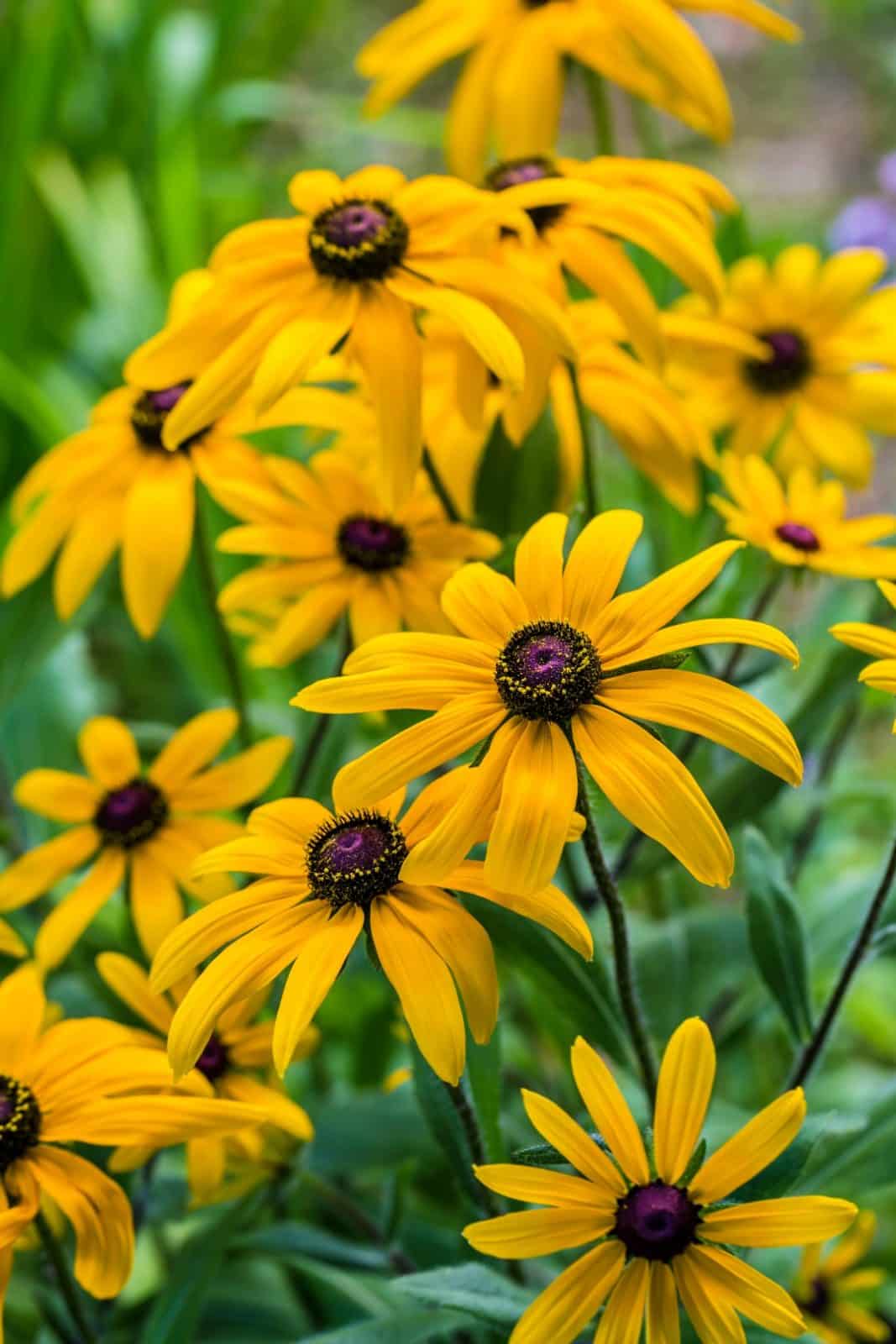
Black-Eyed Susan

Sunflower
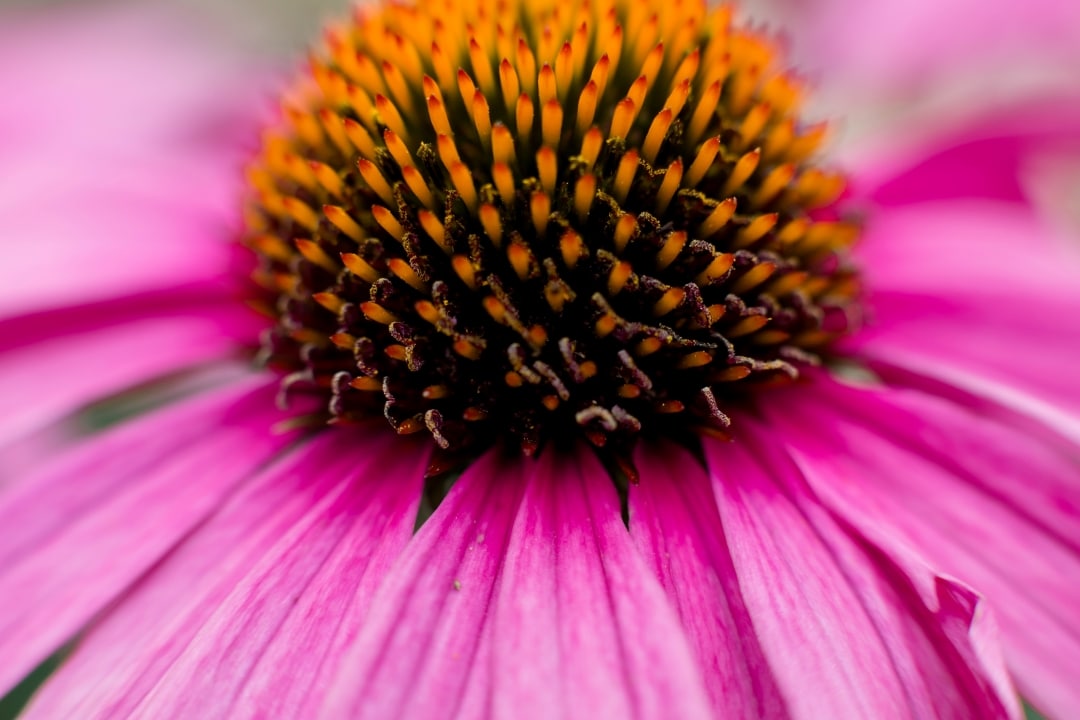
Coneflower
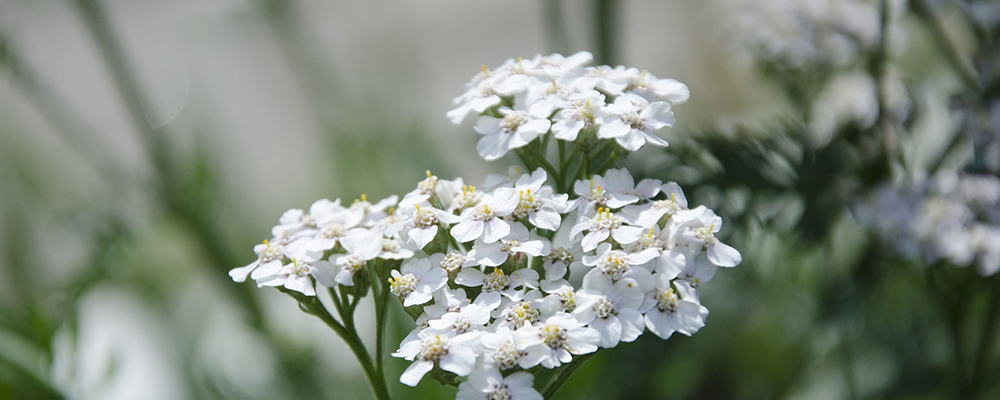
Yarrow
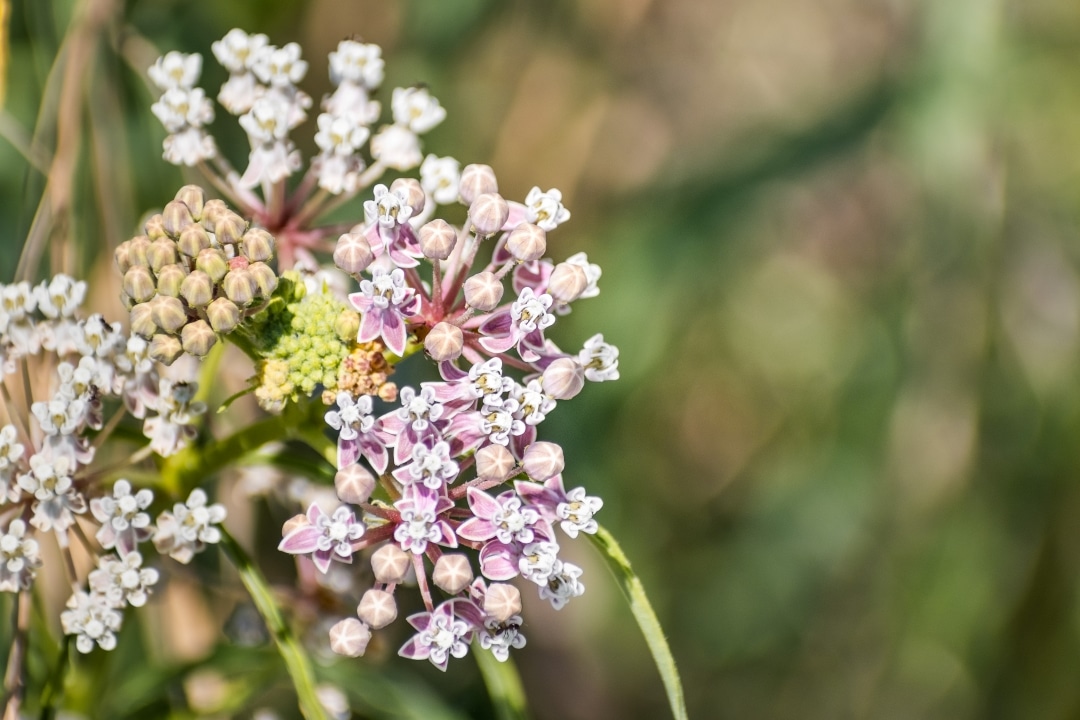
Milkweed
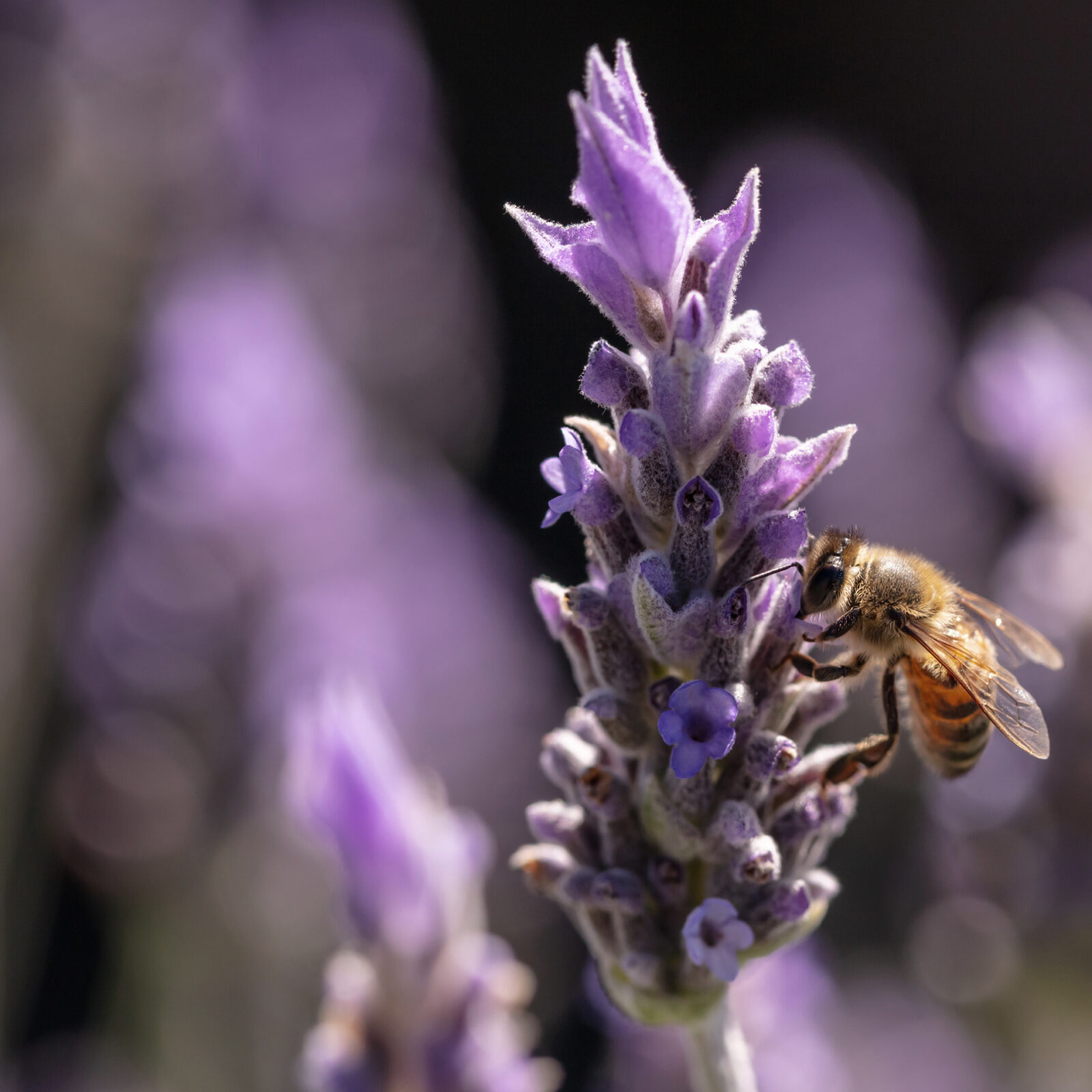
Lavender
(Lavandula spp.)
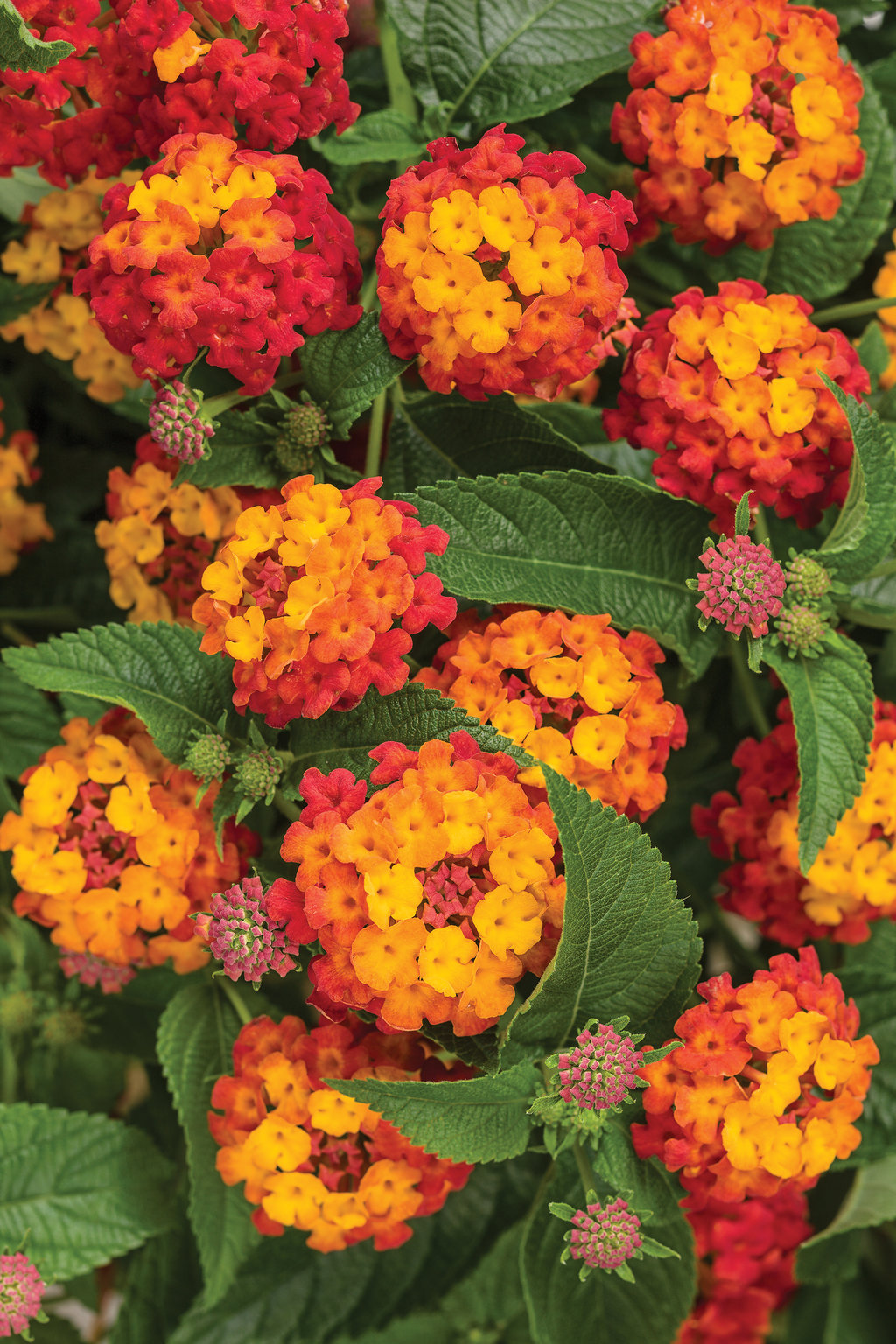
Lanta
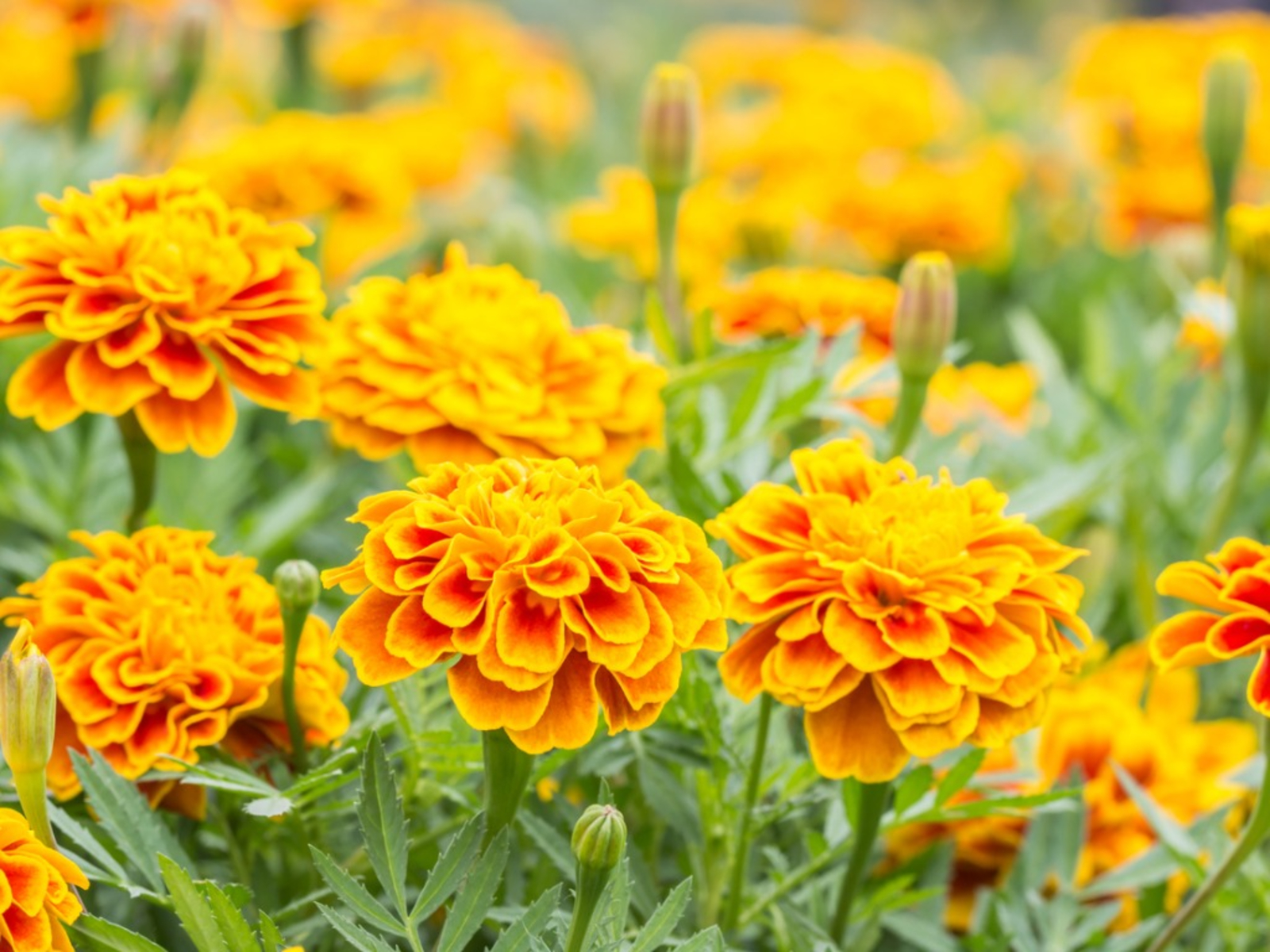
Marigolds
(Lavandula spp.)
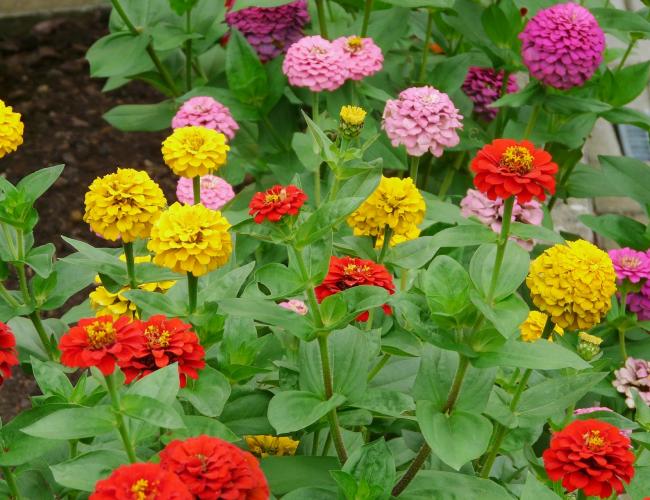
Zinnias
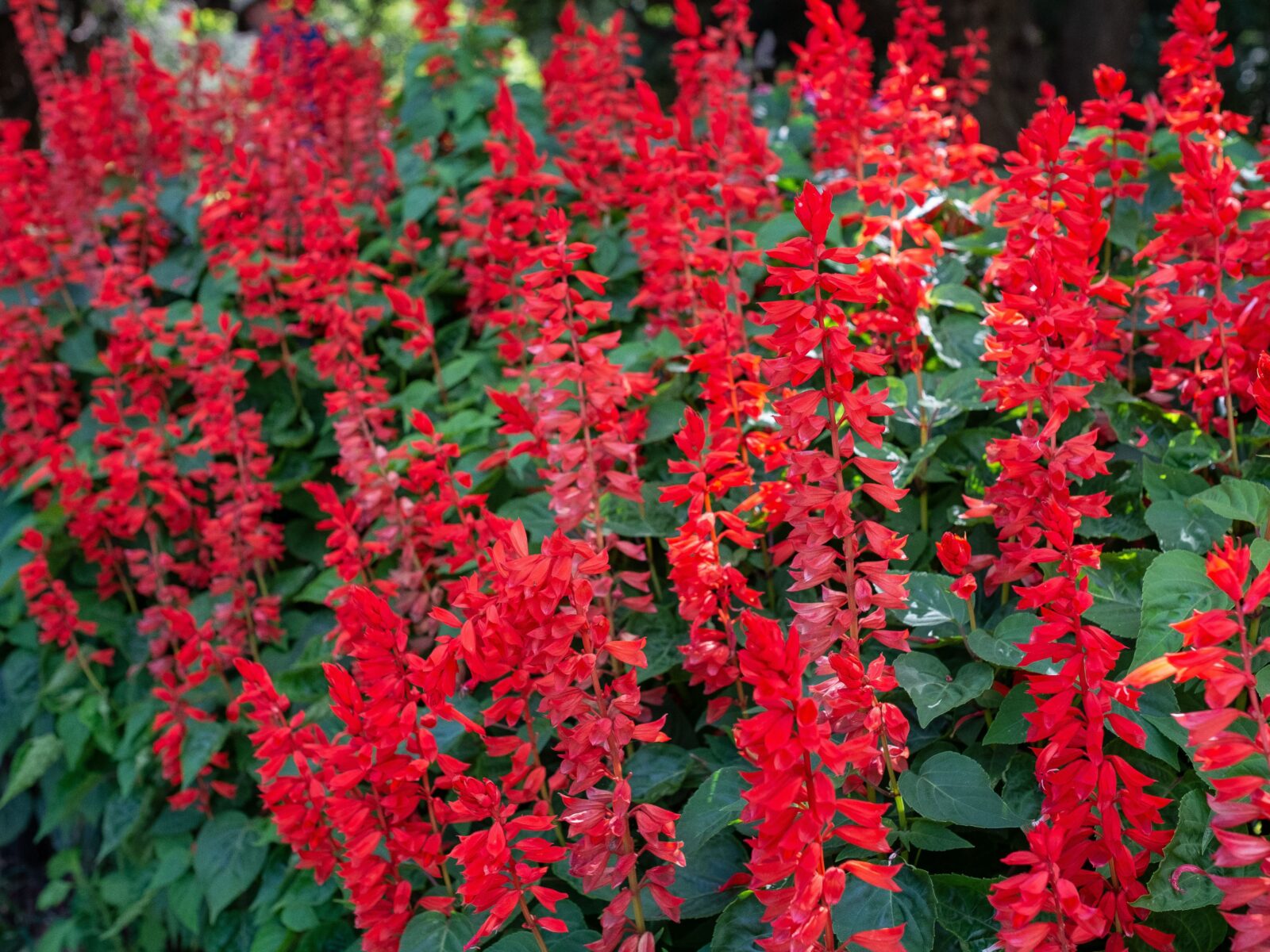
Salvia
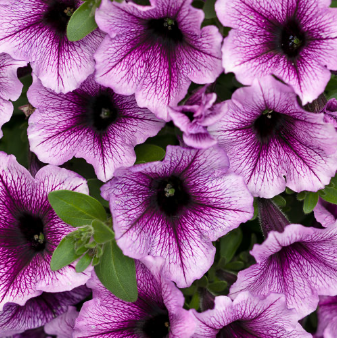
Petunias
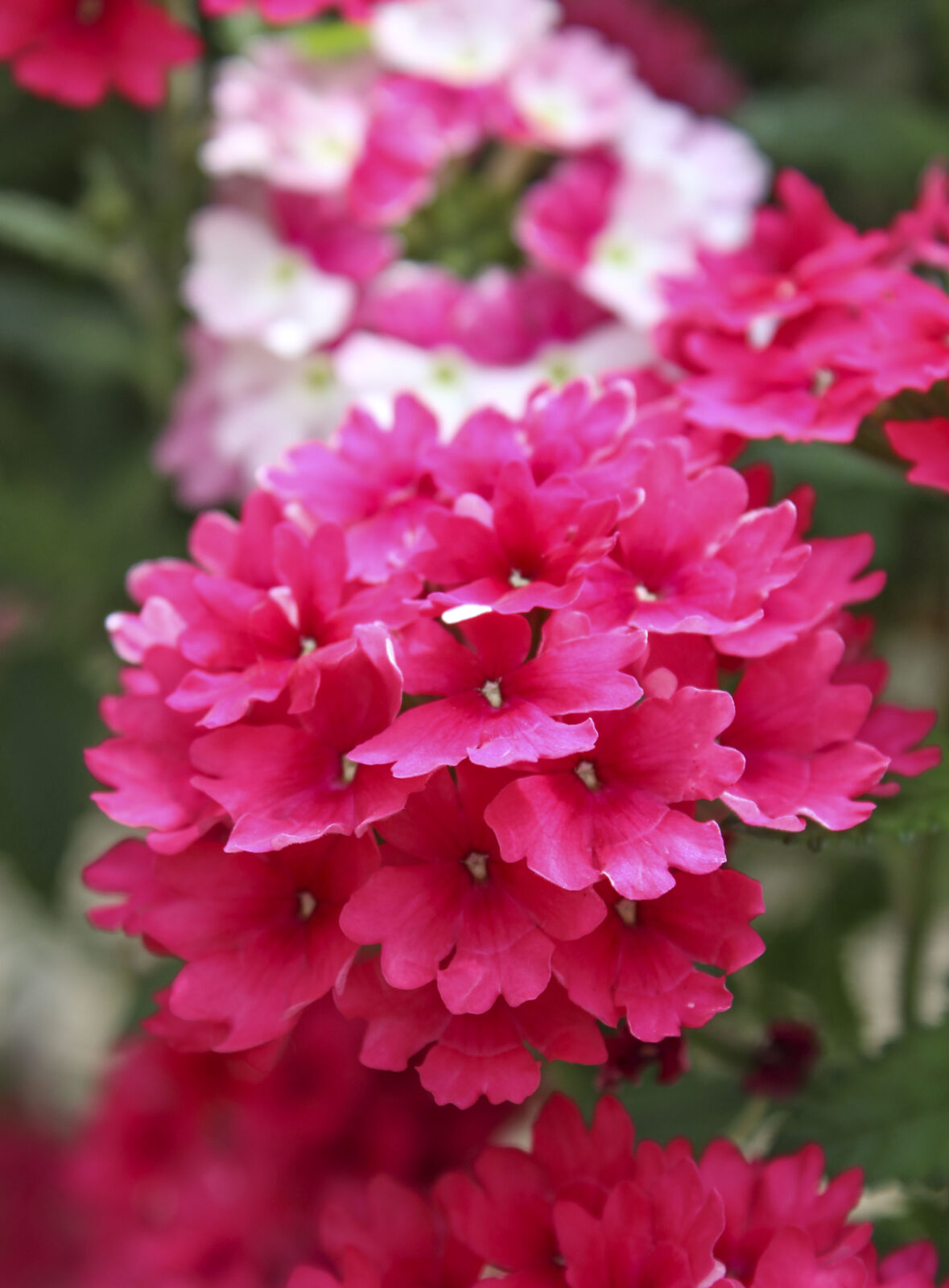
Verbena
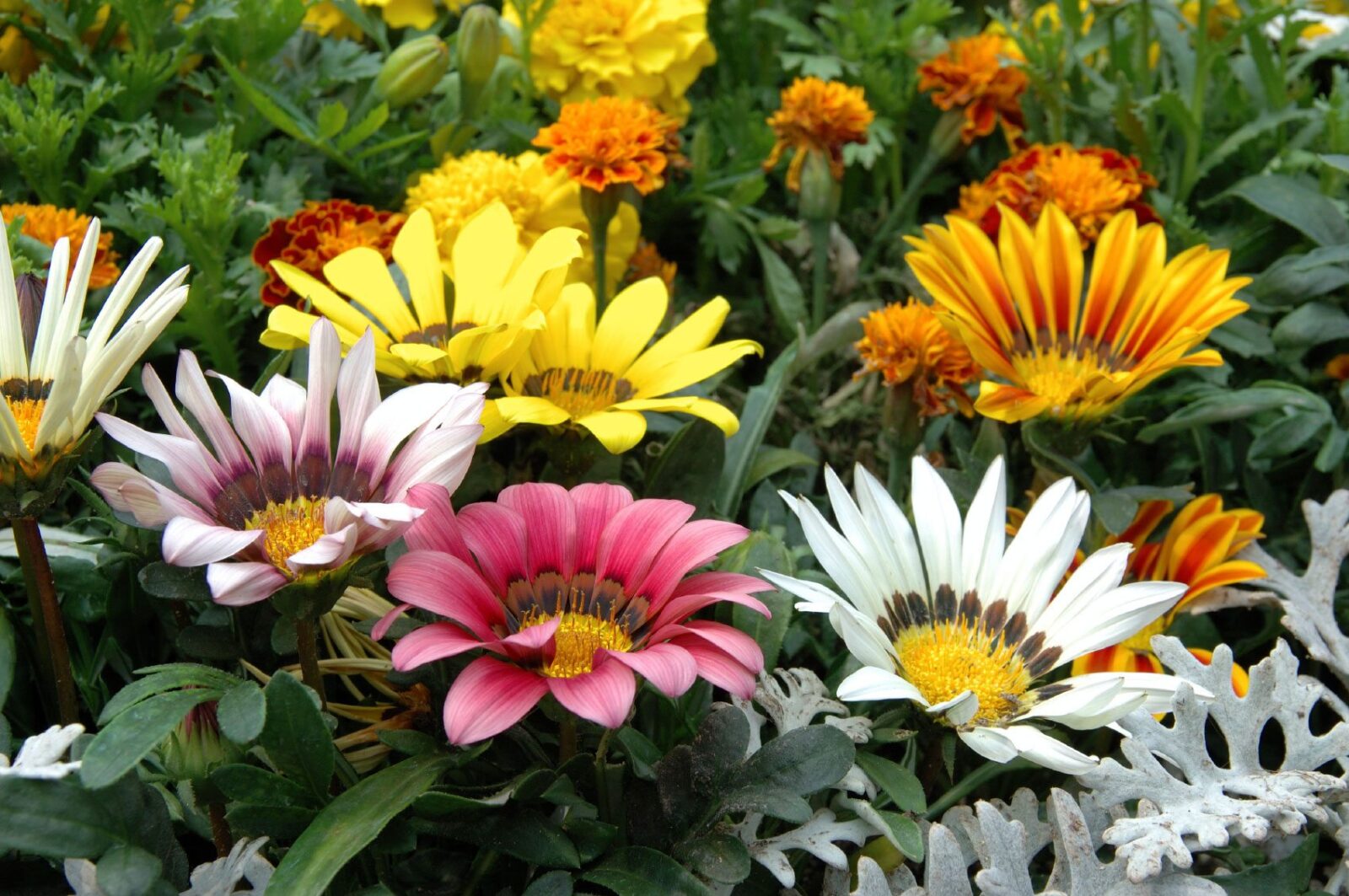
Gazanias
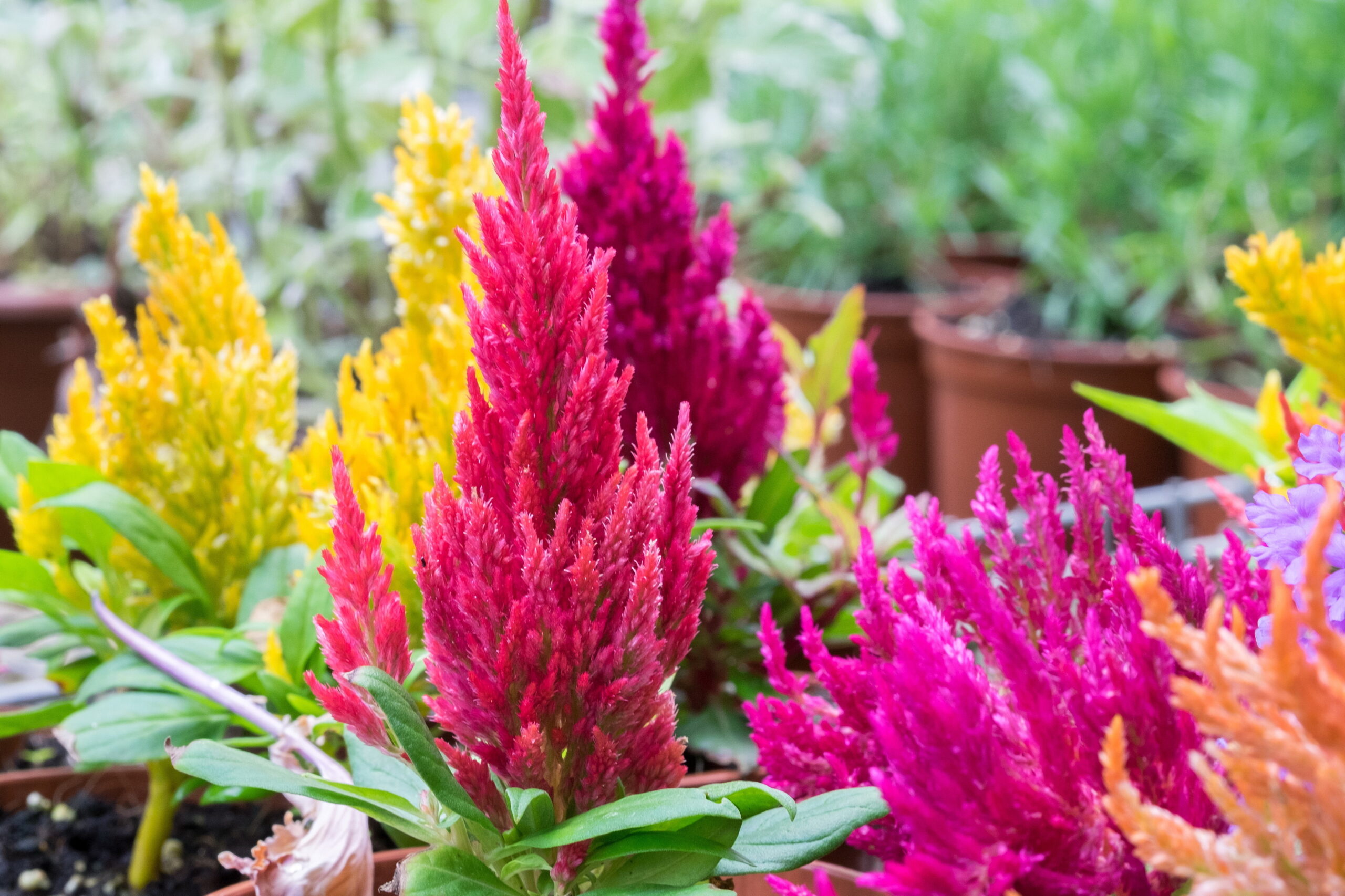
Celosia
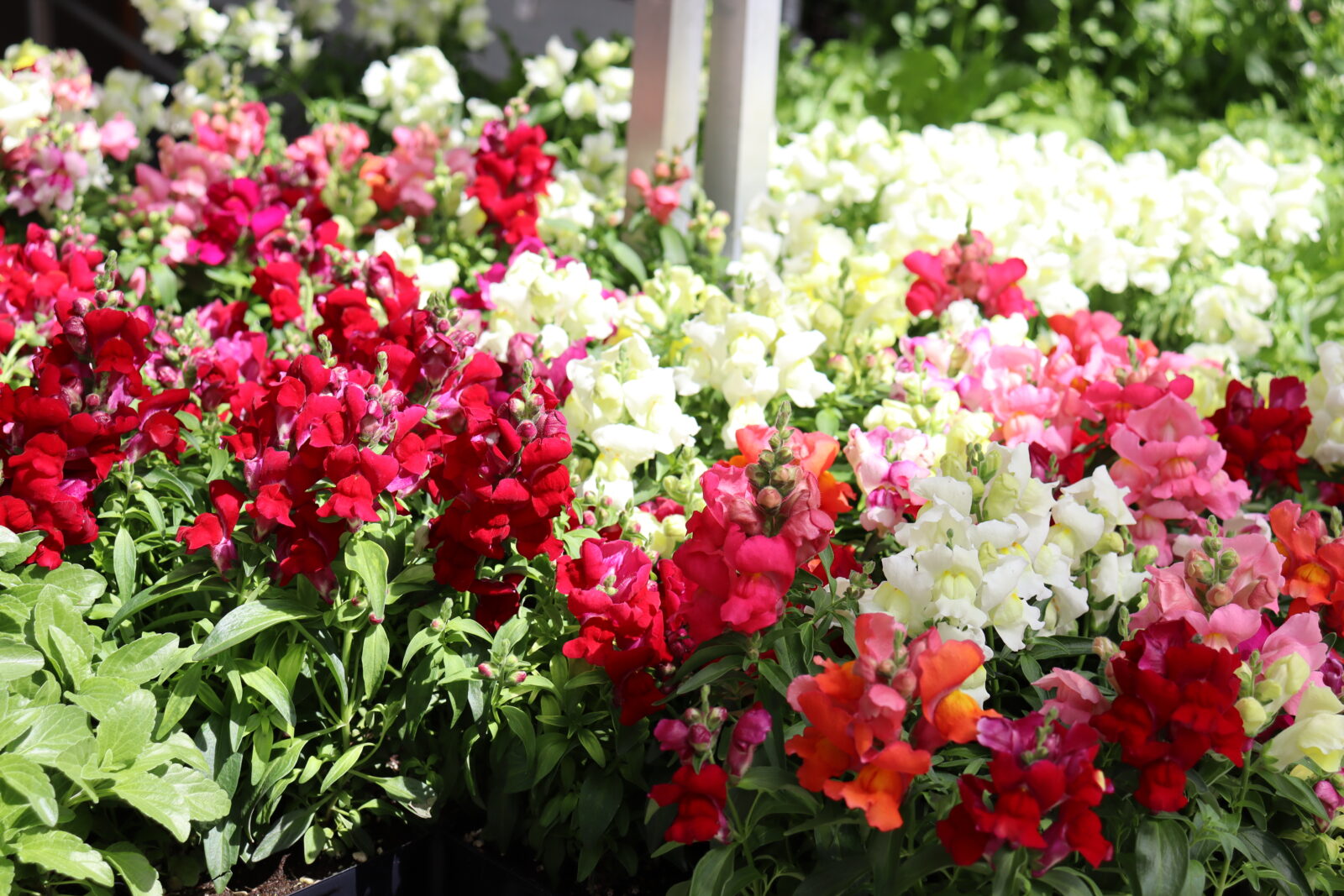
Snap Dragons
Why isn't my garden flowering?
You're probably missing pollinators
If your garden isn’t flowering, missing pollinators could be the reason. Pollinators like bees and butterflies transfer pollen, helping plants produce flowers, fruits, and seeds. Without them, plants may not bloom or bear fruit. Habitat loss, pesticide use, and a lack of pollinator-friendly plants can reduce pollinator numbers. To attract them, plant native flowers, provide water sources, and avoid chemicals. Creating a welcoming environment can help your garden thrive.


